The wonderful thing about science fiction is that the writers have the opportunity to create a world, which while based on ours, can be markedly different. This means that there should be a place for strong female characters who are not restricted by sexism or forced into a situation in which they must perform femininity on a daily basis to be accepted as ‘woman.’ Despite the freedom of this genre; however, nothing is born outside of discourse, which means of course that we end up with the same sexist tropes repeatedly.
Even in shows which readily lend themselves to recurring scenes of violence, because women have historically been framed as delicate and passive, men end up in the leadership roles. This also means that when the action does finally happen, women are placed into nurturing roles like doctors and nurses to aid the wounded men. While some may see this exchange as complementary, it in fact sets up a serious gender divide that is reductive.
The lack of representation of older black women in science fiction is coupled with a complete lack of interest in developing any kind of independent agenda for their characters. Guinan in Star Trek: The Next Generation and the Oracle in The Matrix, the only two named older black women that I (or anybody else that I asked) could think of, are recycled wholesale from the stereotypical mammy of the slave era.
The main features of the stereotypical mammy are grounded in a white fantasy; often these women were wet nurses, bringing up their white charges in a far more intimate relationship than either have with their biological families. It is not Scarlett O’Hara’s mother who fusses about her eating habits, does up her dress, or worries about her relationships. It is Mammy. Scarlett, and the viewers of Gone With the Wind, never consider what Mammy might think of their relationship, or worry that she might have children of her own whom she cannot raise. We are content to construct a fantasy in which Mammy wants nothing more than to feed, clothe and care for her white charge.
It’s assumed that, of course we want Cobb to win because he’s really Leo, and, you see, Leo is talented but Troubled. What troubles him? You guessed it: a woman. A woman whose very name–Mal (played by Marion Cotillard, an immensely talented actress who’s wasted in this role)–literally means “bad.” Who or what will rescue Cobb/Leo from his troubles? You guessed it again: a woman. This time, it’s a woman whose very name–Ariadne (played by Ellen Page in a way that demands absolutely no commentary)–means “utterly pure,” and who is younger, asexual (a counter to Mal’s dangerous French sexuality) and without any backstory or past of her own to smudge the movie’s–and her own–focus on Cobb/Leo. So, it’s not a stretch here to say that Cobb needs a pure woman to escape the bad one. Virgin/whore stereotype, anyone?
For me, I can’t separate Alien and Aliens (although I pretend the 3rd and 4th don’t exist…ugh). Both amazing films possess pulse-pounding intensity, a struggle for survival, and most importantly for me, a feminist protagonist. Radiating confidence and strength, Ripley remains my favorite female film character. A resourceful survivor wielding weapons and ingenuity, she embodies empowerment. Bearing no mystical superpowers, she’s a regular woman taking charge in a crisis. Weaver, who imbued her character with intelligence and a steely drive, was inspired to “play Ripley like Henry V and women warriors of classic Chinese literature.”
Sigourney Weaver’s role as Ripley catapulted her to stardom, making her one of the first female action heroes. Preceded by Pam Grier in Coffy and Dianna Rigg as Emma Peel in The Avengers, she helped pave the way for Linda Hamilton’s badassery in T2, Uma Thurman in Kill Bill, Carrie-Anne Moss in The Matrix, Lucy Lawless as Xena, Sarah Michelle Gellar as Buffy, and Angelina Jolie in Tomb Raider and Salt. But Ripley, a female film icon, wasn’t even initially conceived as a woman.
Overall, Olivia Dunham is a prime example of what it is to be a heroine in a science fiction world. She can break bones, witness the aftermath of a gruesome fringe event without batting an eye, and go toe-to-toe with mastermind villains, and yet she is not invincible or impervious to emotional situations. Although she is constantly surrounded by extraordinary events and weird circumstances, she is a truly believable character, imbued in verisimilitude. With a fifth season on the horizon (slated for September), I cannot wait to see what is in store for Olivia and her team.
Joss Whedon is known for creating and writing about strong female characters in his science fiction shows. One of the most popular and complex of these characters is Willow Rosenberg from Buffy the Vampire Slayer. Willow speaks to many people and quite a few have named her their favorite character on the show, from Mark at Mark Watches to Joss Whedon himself, who put the most Willow-centric episode of the series (“Doppelgangland”) on his list of favorite episodes.
Another thing that makes Willow so appealing is the fact that her character arc over seven seasons can’t be described in only one way. Some see Willow’s story as a shy, brainy computer geek embracing her supernatural power in becoming a witch. Others relate to her arc as one of a repressed wallflower who explores her sexuality and finds more confidence in coming out as a lesbian. Still others are fascinated with the different ways she handles magic, and her recovery after drifting too far to the dark side.
What story is told when those three arcs are put together? For me, the story of Willow Rosenberg is the story of a woman who spends years defining and re-defining herself, rejecting roles that other people have chosen for her – for better and for worse.
As much as I would like to sit through a movie like this and enjoy it for what it is (ground-breaking sci-fi entertainment that will go down in history), I simply can’t. James Cameron’s attempt to create a more spiritual, natural, and peaceful society leaves me annoyed that once again this idea is filtered through a white, Western, male member of a patriarchal society. Some theorists will consider Cameron’s Alien trilogy feminist, because of Sigourney Weaver’s empowered Ripley (legend says it was written to be asexual–with casting deciding the character’s sex), but she still has to prove her femininity and womanliness by saving cats and small children. I fear that many feminists will laud Avatar as well–for creating a world where the people worship a female entity (“Eywa”), because the Clan leader’s female mate/wife is as powerful as him, and since the female lead is as empowered as Ripley. However, like Ripley, Neytiri too has her feminine trappings, as her power can be explained away through her heritage.
Patriarchy perpetuates rape culture and infringes on reproductive rights. Alien centered on rape and men’s fear of female reproduction. Littered with vaginal-looking aliens and phallic xenomorphs violating victims orally, these themes resurface. But this time around, Scott’s latest endeavor also adds abortion and infertility. As ThinkProgress’ Alyssa Rosenberg asserts, Prometheus bolsters the Alien Saga’s themes of “exploration of bodily invasion and specifically women’s bodily autonomy.”
[…]
But David doesn’t want her to have an abortion, insisting she be put in stasis and trying to restrain her. Like Ash in Alien, it appears David had an agenda to try and keep the creature inside Shaw alive. David tries to thwart Shaw’s agency and bodily autonomy, forcing her to remain pregnant. Hmmm, sounds eerily similar to anti-choice Republicans with their invasive and oppressive legislation restricting abortion. No one has the right to tell someone what to do with their body.
Lost has many strong female characters, many of whom I could easily see wearing a “This is what a feminist look like” t-shirt. As noted by Melissa McEwan of Shakesville, an admitted Lost junkie, “Generally, the female characters are more well-rounded than just about any other female characters on television, especially in ensemble casts.”
Lost has often presented ‘gender outside the box’ characters, suggesting being human is more important than being a masculine man or a feminine woman. After all, when you are fighting for your life, ‘doing gender right’ is hardly at the top of your priority list.
While Jack and Sawyer try to out-macho each other in their love triangle with Kate, neither hold entirely to the Rambo-man-in-jungle motif. As for the women, they just might be the strongest, bravest, wisest female characters to grace a major network screen since Cagney and Lacey.
Though the island is certainly patriarchal, one could make a strong case that male-rule is not such a good thing for (island) society. Kate or Juliet would be far better leaders than any of the island patriarchs (and as some episodes suggest, would make great co-leaders – what a feminist concept!)
But the film stars another woman, albeit in a more supporting role within the cast: Kirsten Dunst, who gives a sensitive portrayal of Mary, a character who is in many ways the polar opposite of Clementine. Mary is quiet, almost mousy. She wears rather plain, unobtrusive clothes. At work, she wears a smart white lab coat, as if to reinforce the medical nature of the proceedings, and answers the phone in the same measured tone of voice, responding to all queries with variations on the same stock phrases. Her inner extrovert manifests only after a combination of alcohol and pot, which lead her (and Stan) to have a wild dance party, including jumping half-dressed on the bed while Joel’s memory is being erased. Mary is, however, a woman who knows her own mind as the film progresses. She exchanges her seemingly blind devotion to Lacuna and Dr. Mierzwiak for her own brand of individual agency. By the end, it’s clear why: Mary has had her memory altered by Dr. Mierzwiak, after what appears to be some convincing on his part, when the affair they’d been having was discovered by his wife. The knowledge, if not the memory, of this seems to jolt Mary into coming into her own. Unfortunately, all this occurs in the last ten minutes of the film. For whatever reason, Mary is most definitely a sidelined supporting character, whose potential is never fully realized in the cinematic release, as director’s commentary and the trivia about the shooting script attest.
Splice explores gendered body horror at the locus of the womb, reveling in the horror of procreation. It touches on themes of bestiality, incest, and rape. It’s also a movie about being a mom.
Though it received somewhat lackluster reviews, I encourage anyone interested in feminism and film to give Vincenzo Natali’s sci-fi body horror film a try. Splice features female characters who are intelligent, emotionally complex, and incontrol. They’re not perfect, but they are three dimensional characters whose decisions drive the story. (One of them morphs into a male, but we’ll get to that.)
Splice asks a lot of questions about the terms and conditions of conception, gestation, birth, and motherhood, all without stabbing the viewer in the eye with reductive answers.
It also features some campy moments. Hipster scientists shout things like “It was the only way!” Academy Award winning actor Adrien Brody expresses his frustration by throwing down not just his jacket, but his scarf as well!
If you can stomach the juxtaposition of big thinky concepts and stilted clichéd dialogue, you will find Splice a thoroughly enjoyable mindfuck of a film.
There are moral issues at stake throughout the entire series, including the erosion of prisoners’ and laborers’ rights so that others may live more comfortably. The same critical lens is cast on forced birth, forced abortion, eugenics and abortion restrictions.
Early in the second season, Kara “Starbuck” Thrace has returned to Cylon-occupied Caprica (home planet for the crew of Battlestar Galactica) to find her destiny and aid the resistance, a group of humans who have stayed behind to fight the Cylons. She is kidnapped and knocked out, and wakes up in a hospital bed. Her “doctor” (who later is revealed as a Cylon) tells her she was shot in the abdomen and they have removed the bullet. As she drifts in and out of consciousness, she becomes suspicious. The doctor has excuses for every inconsistency. He tells her they’d operated because they suspected she had a cyst on her ovary. He says, “You gotta keep that reproductive system in great shape… it’s your most valuable asset these days. Finding healthy childbearing women your age is a top priority for the resistance. You are a very precious commodity to us.”
Starbuck replies, “I am not a commodity. I’m a viper pilot.”
To me a character that deserves the reputation of a feminist heroine would be Carolyn Fry(Radha Mitchell) from David Twohy’s Pitch Black (2000), regardless of whether he intended it that way. We have time to watch her character grow through the movie, but she is a secondary character, Riddick is the famed anti-hero. To make an impression in spite of that is huge.
While Fry takes the reins of the group on the deserted planet by default, the one thing that drives her bravery is her terrible mistake — attempting to eject the passengers in cryogenic sleep to lighten the load of the spaceship before it crashed, stopped from doing so by the more conscientious navigator who died as a result, earning her a lot of resentment from the group, their mistrust eventually pushing her to fight for her leadership position more fiercely. I don’t particularly consider that a negative point, I see a person deeply ridden with guilt, antagonists willing her to fail, Riddick keenly watching her every move, reacting to her willingness to risk her safety for the sake of the others with amusement. I see a lot of a pressure on a person who is not particularly skilled to handle the task before her, but she pushes on in spite of that.
Mastermind behind phenomenal, groundbreaking television hits, Buffy The Vampire Slayer and Angel and recently helming a little box office smash called The Avengers, Whedon has always crafted the powerful, intelligent female hero. He illustrates that aesthetic further in the short lived FOX series Firefly turned feature motion picture, Serenity showcasing not just one, but four intriguing women characters- Zoe, Kaylee, Inara, and River.
In a science fiction space western combining a thrilling taste of adventure, mayhem, and Whedon’s trademark humor, flying aboard with the wisecracking Captain Malcolm Reynolds, softhearted Wash, short-tempered Jayne, and the good doctor, Simon, these spirited and diverse women bring more than male gazing eye candy ornamentation.
Science fiction is, or should be, a place to examine stereotypes and political and social conventions, not to reinforce them. Before Le Guin came along, we had authors like Piers Anthony (a notorious misogynist, although like most misogynists he denies that he is one) and Ray Bradbury. Now I wouldn’t go so far as to call Bradbury a misogynist — I admire Bradbury’s work, I really do, because many of his themes are universal. But he falls into the same trap that Stephen King does — very few of his main characters are female, and more often than not, men are the decision makers, and the ones that move the plot along. It’s interesting to note that many writers tend to write towards their own gender. In Bradbury’s fiction, like Anthony and King, the female characters often end up in supporting roles as wives, mothers, and crushes that turn into ‘marionettes’ or a controllable programmable robot that can be easily manipulated.
I read these books as a child and teenager, and I experienced a sense of dissatisfaction with the minor roles women were playing in this male literary playground. So I wondered what women writing science fiction would be like, and that’s where I found Ursula Le Guin, who didn’t merit her own displays in the library lobby like the other authors I’ve mentioned. At least, not when I was a kid.
WALL-E, it seems, has developed human qualities on his own. He is also capable of keeping up with a robot approximately 700 years newer (read: younger) than he is–an impressive age gap in any relationship. EVE worries over WALL-E and caters to his physical limitations (he is, after all, an old man–with childlike curiosity), acting as nursemaid in addition to all-around badass. Who says we can’t be everything, ladies? While EVE doesn’t have any of the conventional trappings of femininity, she’s a lovely modern contraption with clean lines, while WALL-E is clunky, schlubby, and falling apart (not to mention he’s a clean rip-off of Short Circuit‘s Johnny 5)–reinforcing the (male) appreciation of a certain kind of female aesthetic, while reminding girls that they should look good and not worry too much about the appearance of their male love-interest.
And while some of the scenes are admittedly, far more graphic and gratuitous than I think necessary (there is a simple purity to the original Alien death scenes that I think is lacking here), the film featured some thought provoking and disturbing themes, though all backed again by a strong, smart, female scientist-turned-reluctant heroine and survivor, similar to the original Ripley.
The Swedish Noomi Rapace (seriously loving these Swedish actors) and South African Charlize Theron oppose each other brilliantly; Theron as the efficient and disdainful corporate heavy, Noomi as the resistant, believing, courageous scientist out to find some answers.
The film features a hefty score of themes for discussion, including one of the most disturbing abortion scenes I’ve ever seen. That scene is apparently what pushed the film up from a PG-13 rating into an R; if the studio had wanted to ensure a PG-13 rating, the MPAA demanded that they cut the entire scene. However, both director Ridley Scott and Rapace felt the scene was pivotal in Shaw’s intense desire to survive and in her emotional and mental development. If you weren’t pro-choice before, chances are you might be after witnessing this scene.
As I watched Avatar, I for some reason (probably because predicting the next thing that would happen got boring once I realized I would never, ever be wrong) began thinking about the first time I saw 2001: A Space Odyssey and asked myself how the genre of science fiction and the movie industry as a pillar of American culture had changed in the time that had elapsed between the two films. What were the general cultural values and concerns being communicated in each of these films? What kinds of stories were being told about the world? How had cinema as a means of artistic communication and social commentary changed since 2001 was released? What do the methods of presentation in both films tell us about the ways in which our society has changed in the era of advanced mass communication? And, of course, how was gender represented?
I came to a few distressing conclusions. Naturally, I’ll get to the feminist criticism first. By the time Avatar came out, we’d traversed 41 years in which women’s status in society had purportedly been progressively improving since 2001 was released, but the change in representations of women in popular media, at least in epic sci-fi movies, doesn’t look all that positive. In 1968, we (or Stanley Kubrick and Arthur C. Clarke) could imagine tourism in space. We could not, however, imagine women occupying any role in space exploration other than as flight attendants. In 2009 we (or James Cameron) could imagine female scientists and helicopter pilots participating in extraterrestrial imperialism, and we could even tolerate warrior-like blue female humanoid aliens as central figures in the plot of an movie, but we still couldn’t imagine a world in which traditional gender roles and current human beauty ideals aren’t upheld, even when that world is literally several light years and 155 years away from our own.
So it might be easy to dismiss Jo as one of those useless female companions. A pretty bit of skirt to be an audience stand-in for the Doctor to explicate to. Except for the fact that Jo Grant is awesome. She’s a trained escapologist, she can fly a helicopter, she can abseil; in ‘The Mind of Evil’, she karates a prison riot leader out of his gun. On numerous occasions, when the Doctor’s got himself locked up somewhere, she comes to his rescue. Though in her first appearance, the Master hypnotises her, the Doctor teaches her how to resist it, so that in later confrontations, the Master is utterly frustrated by his inability to dominate her mind. In ‘The Time Monster’, when they run into the Master, again, and he finds himself unable to find anything to say, she mockingly suggests, ‘How about, “Curses, foiled again”?’ She’s also bold, capable of making hard decisions under pressure. Again in ‘Time Monster’, the Doctor threatens their mutual destruction by initiating a Time Ram, shoving his and the Master’s TARDISes into the same temporospatial coordinates; but when the Doctor hesitates, Jo’s the one who makes the final move to press the big red button.
District 9 operates with what I’d call an absent feminism, which isn’t quite an anti-feminism but a disregard for a female world altogether—except when a minor feminine presence functions as off-stage impetus for the lead character. Aside from a few bit parts, the most prominent female role is that of Wikus’s wife, Tania (Vanessa Haywood), who, although rarely seen onscreen, becomes the driving motivation for Wikus to risk his life to find the cure for his “prawnness,” befriending, out of necessity, Christopher Johnson, the same alien he tried to evict earlier in the day. (Wikus didn’t know then that Johnson actually built his shack atop the Mothership’s missing module; he’s been diligently working for twenty years to fix it, and was nearly finished when pesky Wikus confiscated that black fluid.)
Wikus’s wife, who is given no real identity, save the fact that she is torn between the age-old allegiance to her father and loyalty to her husband (implying that she most certainly “belongs” to one or the other), won’t relinquish hope of her husband’s return by the film’s conclusion. Someone is leaving strange gifts on her doorstep, gifts oddly similar to the ones dear hubby Wikus used to give her. Blomkamp insinuates that she’s a steadfast wife who will do her wifely duty and wait faithfully for her disappeared husband. The viewer is given no back-story or insights into their relationship; yet, forced upon us is the heavy-handed notion that they really do love each other—like, in that super-deep, eternal-love kind of way. Their story, of course, is a bottom-tiered thread in the narrative.
Only after witnessing a mother’s love does Klaatu feel that there is another side to humans (besides their unreasonable and destructive one), and curtail the attack of the killer nanobots. Unwittingly then, Benson changes Klaatu’s mind based on the advice Barnhardt gave her as they fled his house: “Change his mind not with reason, but with yourself.” In your standard anti-feminist fare, Barnhardt’s advice can only mean one of two things. Being a family-friendly film, the remake of Day passes on Benson’s seduction of Klaatu, deciding instead to confirm that she is a mother first and foremost, her position as scientist at a prestigious American university be damned.
As kickass as she is, Sarah possesses no other identity beyond motherhood. She exists solely to protect her John from assassination or humanity will be wiped out. Every decision, every choice she makes, is to protect her son. In Sarah Connor Chronicles, Cameron tells Sarah that “Without John, your life has no purpose.” Sarah tells her ex-fiancé that she’s not trying to change her fate but change John’s. Even before she becomes a mother in Terminator, her identity is tied to her uterus and her capacity for motherhood.
[…]
On the surface, it seems like the Terminator franchise revolves around a dude often searching for a father figure rather than appreciating his mother. And problematic depictions of motherhood do emerge. But who’s really the hero? Is it the smart hacker son destined to be a leader? Is it the cyborg that learns humanity? Or is it the brave and fierce single mother who sacrifices everything to protect humanity and doesn’t wait for destiny to unfold but takes matters into her own hands?
Even though Leia has romantic feelings for Han Solo in The Empire Strikes Back, she continues to call out his arrogant bullshit. She quips snappy retorts such as, “I’d just as soon kiss a Wookie” and “I don’t know where you get your delusions, laser brain.” She’s never at a loss for words and never afraid to express herself.
She also has burgeoning psychic powers as she picks up on Luke’s cries for help at the end of the film. Obi-Wan tells Yoda when Luke Skywalker leaves Dagobah, “That boy is our last hope.” But Yoda wisely tells him, “No, there is another,” cryptically referring to Luke’s twin sister Leia.
In Return of the Jedi, Leia puts herself in harm’s way posing as a bounty hunter to save Han. Sadly, after she’s captured by Jabba the Hut, she’s notoriously objectified and reduced to a sex object in the iconic metal bikini, essentially glamorizing and eroticizing slavery. And of course she needs to be rescued. Again.
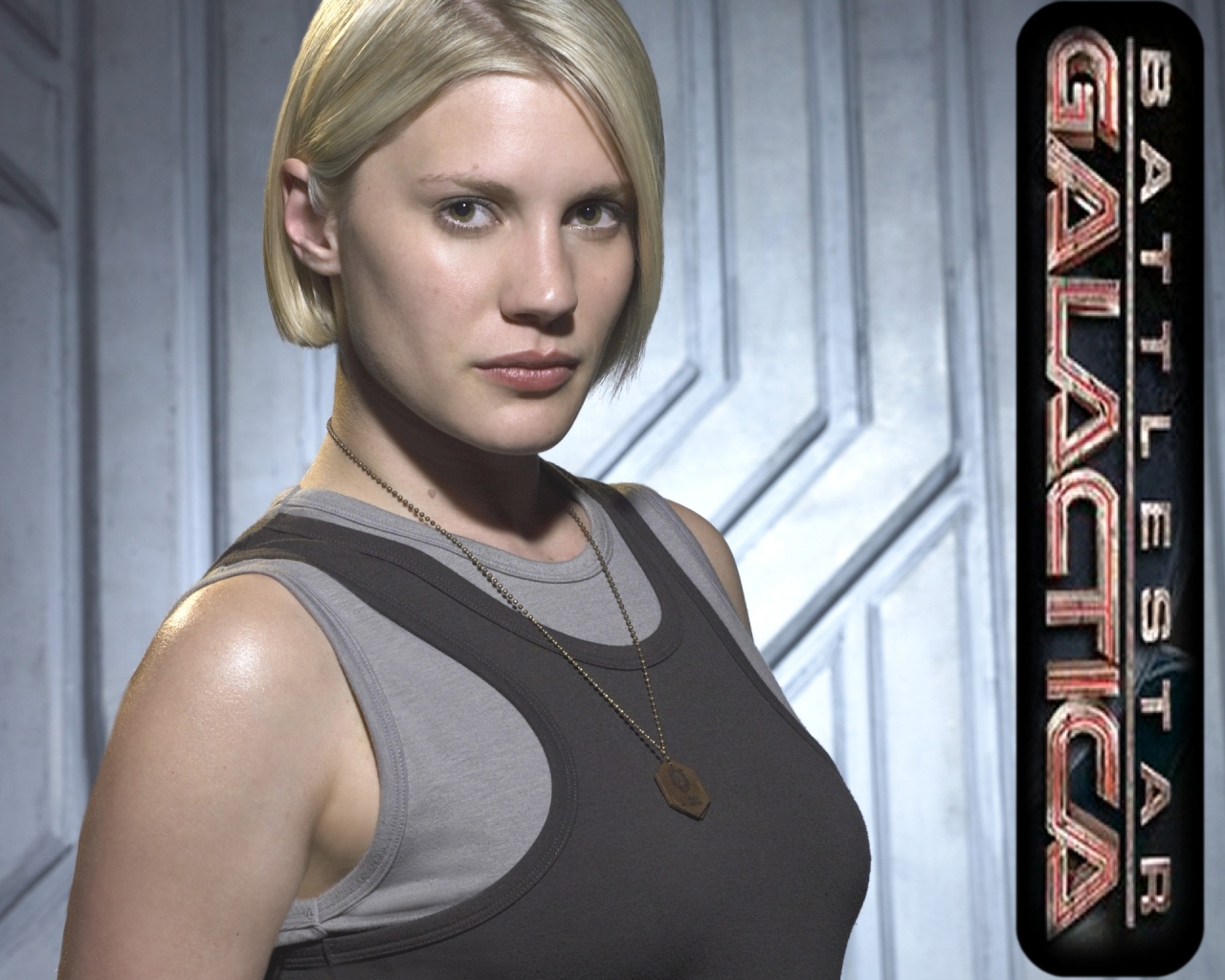
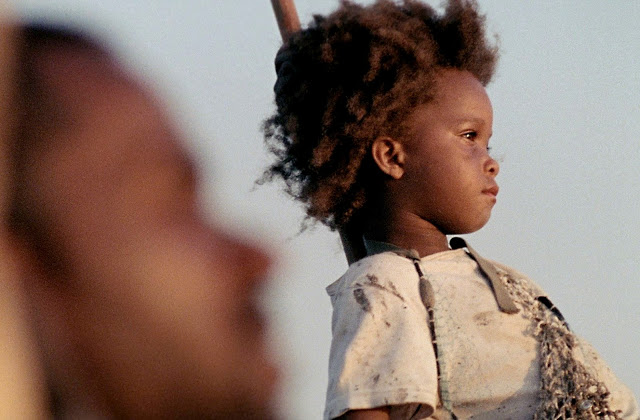

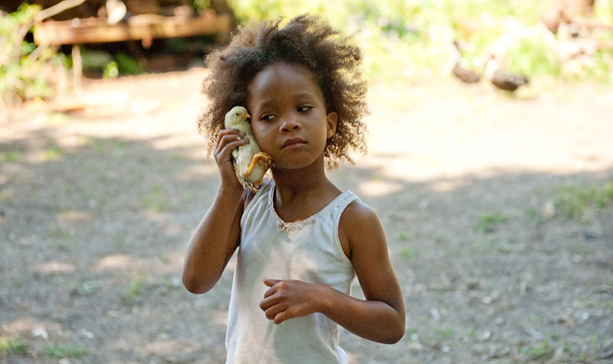

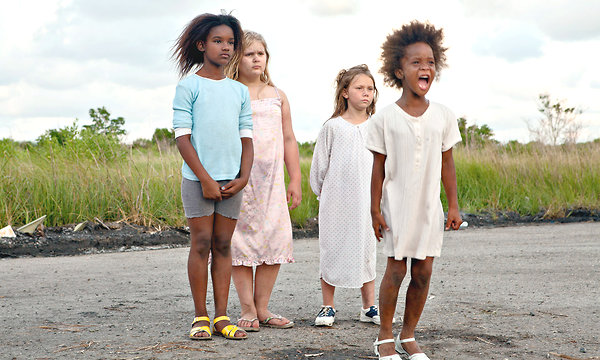


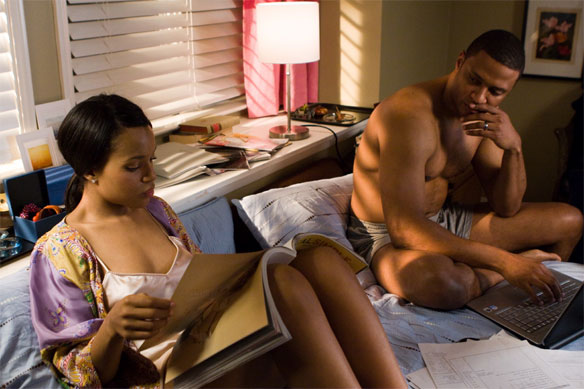




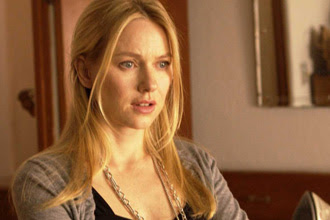
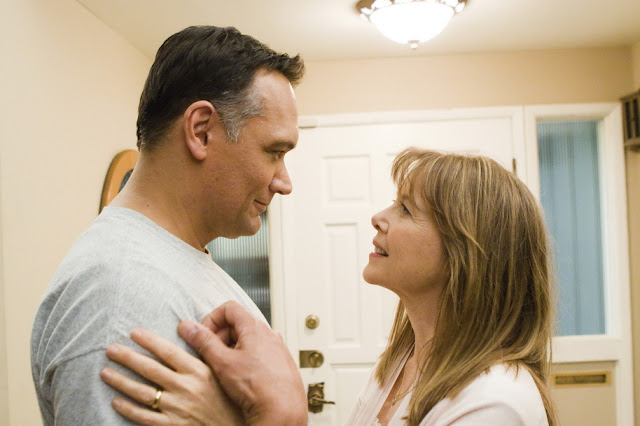
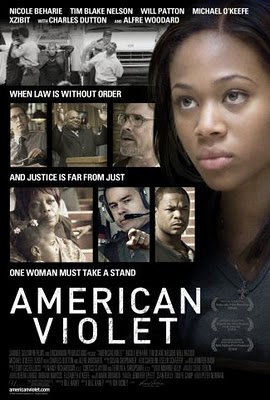

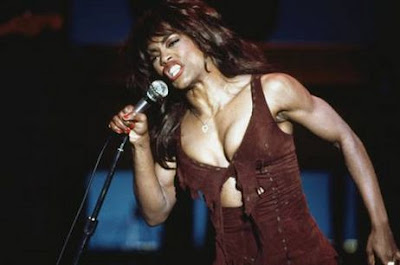
.jpg)

